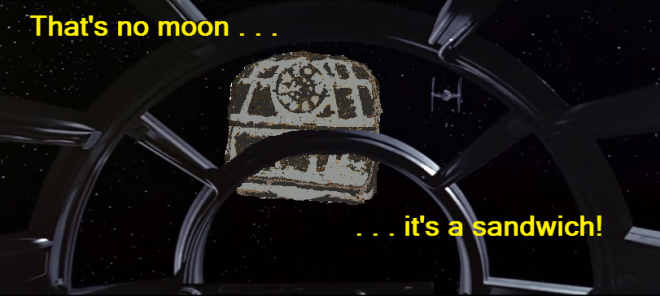
In my pursuit of further education I am enrolled in a course on games and learning. Part of the expectations for this course is to take ownership of my learning and explore the connections between games and learning for myself, this blog post is a continuation of the documentation of my learning.
Inspired by the required readings for my class, I have decided to focus on an article, this cycle, that explores the outcomes of playing video game with others in the room, also called coplaying. The periodical I was assigned to read, In-Game, In-Room, In-World: Reconnecting Video Game Play to the Rest of Kids’ Lives, not only looked at what happens while a user is playing a video game, but also how the interactions with others in the room, during coplay, affect learning and social development. I found it fascinating that a lot of learning was happening during the interactions about and around the game. My construct of learning through games was that the game was doing the teaching and I had not focused on the elements of coplaying in my approach to games and learning. Anecdotes, from the study, of children engaging in coplay pushed me to find more information about how interactions around video game play could support learning as opposed to learning from the game itself.
The article I chose to analyze is a study by Sarah M. Coyne, Alexander C. Jensen, Nathan J. Smith and, Daniel H. Erickson for the Journal of Adolescence, titled: Super Mario brothers and sisters: Associations between coplaying video games and sibling conflict and affection. The authors studied the effect of coplaying video games had on siblings in terms of their levels of reported affection and conflicts. The authors predicted that the act of playing together on video games would support the learning of prosocial behaviors in brothers and sisters, such as increased affections and decreased conflicts.
Jensen, Nathan J. Smith and, Daniel H. Erickson for the Journal of Adolescence, titled: Super Mario brothers and sisters: Associations between coplaying video games and sibling conflict and affection. The authors studied the effect of coplaying video games had on siblings in terms of their levels of reported affection and conflicts. The authors predicted that the act of playing together on video games would support the learning of prosocial behaviors in brothers and sisters, such as increased affections and decreased conflicts.
The authors observed an increase in the reported affection between siblings that spent time playing games together. This increase was attributed to the shared experience of playing together and “strengthen sibling bonds” (Coyne en al., 2015, p. 55). I remember playing video games with my brother, we would be immersed in new games and reflecting on our play became key topics of our discourse. Coyne en al., also found that contrary to their predictions that coplaying video games, in boys, increased conflict. Which also does not surprise me because the longer my brother and I did anything the more likely there was going to be an argument. I think that all social play, weather cooperative or competitive, has the possibility of leading to a conflict in thinking between those participants and the opportunity for learning behaviors to turn conflicts into learning moments.
I would like to see how the interactions between siblings in coplay would play out with peers. As an elementary school teacher it would be nice to put “playing video games together” in a bag of tricks to help increase affection, like in siblings, and develop bonds between children. Then using the experience as a launching point for discussions about play, inevitable conflict, and problem solving.
 .
.
